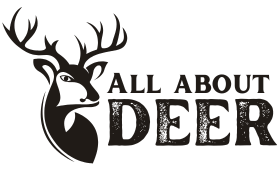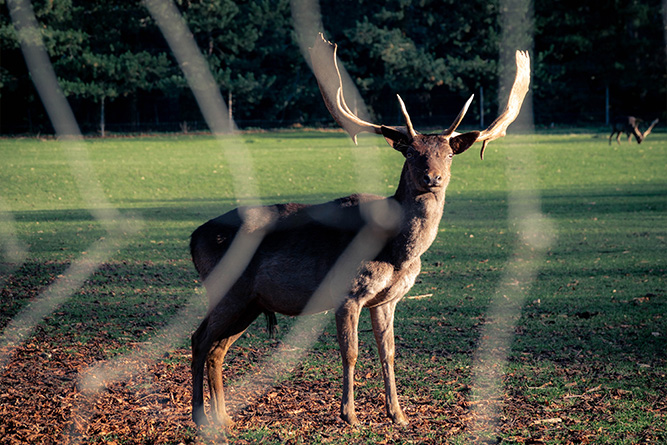The European Fallow Deer is a captivating species known for its elegance and intriguing behavior. Found across Europe, these deer hold a special place in the ecosystem. Let’s uncover some remarkable facts about these creatures.
Table of Contents
Species Data
- Class: Mammalia
- Order: Artiodactyla
- Family: Cervidae
- Scientific Name: Dama dama
- Life Span: 12 to 16 years
- Height: Up to 140 cm (55 inches)
- Weight: 90-200 pounds (40-90 kilograms)
Description
European Fallow Deer are medium-sized herbivores characterized by their distinctive antlers. Their coat color varies from light brown to white, with distinctive black spots. They have a graceful build and are known for their agility.
Appearance
These deer are renowned for their striking appearance, marked by palmate antlers and a sleek coat. They exhibit sexual dimorphism, with males (bucks) typically having larger antlers than females (does).
Behavior
European Fallow Deer are known for their social nature. They form herds that include both males and females. During the rutting season, bucks engage in impressive displays to attract does, including loud vocalizations and antler clashes.
Habitat
Where does European Fallow Deer live? They inhabit various environments, including woodlands, grasslands, and open fields. These adaptable creatures can thrive in diverse conditions, making them a common sight in European landscapes.
Diet and Nutrition
What does European Fallow Deer eat? Their diet primarily consists of vegetation such as grass, leaves, and shrubs. They are ruminants, which means they have a specialized stomach to digest plant matter efficiently.
Mating Habits
European Fallow Deer typically mate in October and November. The pregnancy duration, known as gestation, lasts around 230 days. Does give birth to a single fawn, which they carefully hide in vegetation.
Mating Behavior
- Reproduction Season: October to November
- Pregnancy Duration: Approximately 230 days
- Baby Carrying: Does hide fawns in dense vegetation
- Independent Age: Fawns become independent at around 6 months
- Female Name: Doe
- Male Name: Buck
- Baby Name: Fawn
5 Fun Facts for Kids
- Fallow deer can jump up to 7 feet high, which is as tall as a basketball hoop!
- Their antlers are shed and regrown every year, like a natural cycle of renewal.
- Fallow deer are excellent swimmers and can gracefully cross rivers.
- The black spots on their coat help them blend into the dappled sunlight of forests.
- These deer are masters of camouflage, making them a challenge to spot in the wild.


